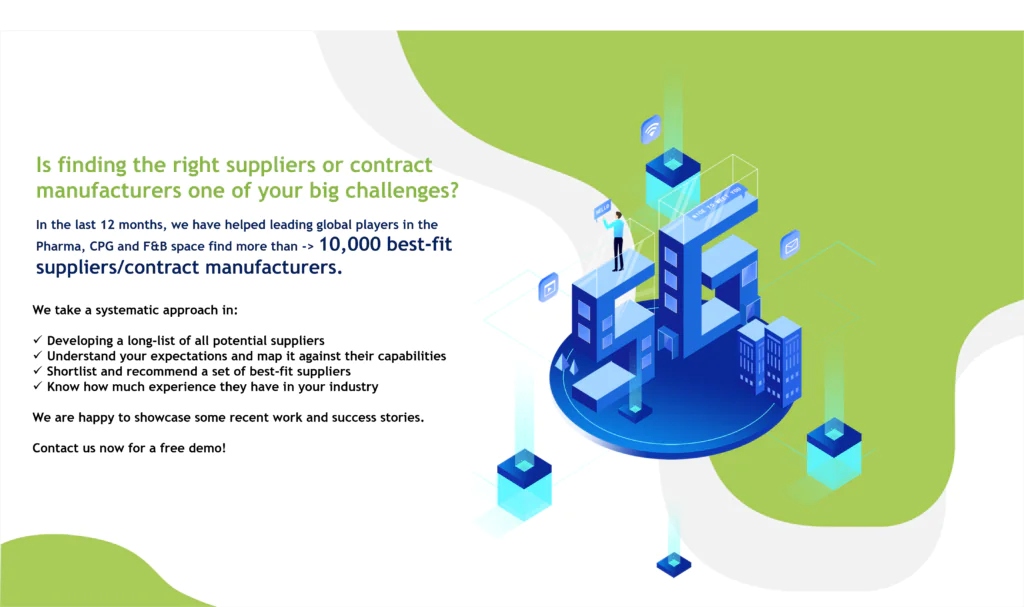By: Manpreet Kaur
In larger enterprises, a greater percentage of their expenditure is allocated to IT infrastructure. As a result, they also tend to spend a higher percentage of their budget on professional and consulting services. On the other hand, mid-market companies usually rely more on subscription and cloud-based services for their IT needs. However, mid-market companies often lack effective governance, controls, and compliance for their IT spending. Mid-market procurement leaders focus on establishing preliminary controls, while larger enterprises can reduce spend.
Procurement optimization is a vital aspect for small and mid-sized business owners who aim to remain competitive in the market. Mid-sized businesses can leverage technology to streamline their procurement processes, reduce costs, and improve supplier relationships. This blog post will delve into ways in which small businesses can use technology to optimize their procurement operations. By optimizing procurement operations, small businesses can benefit from reduced costs, minimized errors, improved supplier relationships, and enhanced operational efficiency. Procurement optimization can also help small businesses make better-informed decisions, which in turn can provide them with a competitive advantage in the marketplace.
How mid-sized companies can secure their financial health through smart procurement?

Evaluate existing procurement practices to pinpoint areas for improvement:
Assessing the current procurement process involves a comprehensive review to identify opportunities for improvement, cost reduction, and the strengthening of supplier relationships. By scrutinizing existing practices, businesses can establish a baseline understanding of their procurement operations. This evaluation serves as a foundation for refining and optimizing the procurement strategy. Pinpointing areas of inefficiency or potential enhancement allows organizations to implement targeted changes, fostering a more streamlined and effective procurement process. This proactive assessment is crucial for maintaining competitiveness, maximizing cost-effectiveness, and ensuring a sustainable and efficient supply chain.
Define specific goals, clear objectives, and guide strategy:
Setting clear objectives is paramount in procurement. By defining specific goals such as cost reduction, quality improvement, or sustainability, organizations establish a focused direction for their procurement strategy. These objectives serve as a compass, guiding decision-making and resource allocation. Moreover, clear goals provide a measurable framework for evaluating performance and success. Whether aiming to cut expenses, enhance product quality, or adopt sustainable practices, articulating these objectives ensures alignment with overall business objectives and facilitates effective communication across the procurement process. Ultimately, well-defined goals act as a foundation for strategic planning and contribute to the overall efficiency and effectiveness of procurement efforts.
Invest in procurement software and tools that can streamline the procurement process:
Leveraging technology in procurement involves strategic investment in e-procurement platforms, spend analysis software and supplier management systems. These tools automate various processes, minimizing manual workload and improving overall accuracy in procurement activities. E-procurement platforms facilitate seamless transactions, while spend analysis software offers insights into expenditure patterns. Supplier management systems enhance collaboration and communication, fostering efficient relationships. Embracing these technological solutions not only streamlines operations but also enables real-time data access, supporting informed decision-making. In essence, the adoption of technology optimizes procurement efficiency, reduces errors, and enhances the agility of organizations in adapting to dynamic market conditions.
Supplier relationship management:
Supplier Relationship Management (SRM) entails nurturing collaborative ties with suppliers to secure favorable terms, enhance product quality, and achieve cost savings. Establishing open and consistent communication channels is paramount in successful SRM, allowing for mutual understanding and responsiveness. Regular feedback mechanisms further strengthen the partnership, enabling continuous improvement. Through cultivating these relationships, organizations can negotiate advantageous contracts, drive innovation, and address challenges proactively. Successful SRM goes beyond transactional interactions, evolving into strategic collaborations that contribute to long-term business sustainability, increased operational efficiency, and a more resilient and adaptable supply chain.
Consider diversifying your supplier base:
Broaden the supplier base to mitigate risk and uncover cost-saving prospects. By considering partnerships with local or minority-owned businesses, organizations foster inclusivity and contribute to economic growth. Diversifying suppliers enhances resilience against disruptions and promotes a more robust supply chain. This approach not only strengthens community ties but also encourages innovation and competition. Moreover, supporting businesses from various backgrounds aligns with social responsibility goals, creating a positive impact. Overall, supplier diversity not only mitigates risk but also brings economic, social, and strategic benefits to organizations committed to fostering a diverse and inclusive procurement ecosystem.
Prioritize cost reduction while maintaining quality through cost-benefit analysis:
Prioritizing cost reduction while upholding quality involves a multifaceted approach. Conducting thorough cost-benefit analyses allows organizations to identify areas for efficiency improvement. Negotiating better terms with suppliers, such as discounts or favorable payment terms, contributes to immediate cost savings. Exploring bulk purchasing or entering into long-term contracts enhances price stability, providing predictability in procurement expenditures. Striking a balance between cost and quality is crucial, and these strategies empower organizations to optimize expenses without compromising the standards of the goods or services they procure. This approach ensures that cost-saving measures align with overarching business objectives and maintain a sustainable, high-quality procurement process.

Contact us now to solve your procurement problems!
Author’s Details
Manpreet Kaur
Assistant Manager Presales – Sourcing and Procurement Intelligence
Manpreet is a presales specialist at Infiniti Research and has expertise in sales, business strategy execution, and innovative solution design. She is actively involved in supporting clients from F&B, CPG, Healthcare, Pharma, Chemicals, BFSI, Oil & Gas and Automotive sectors.




